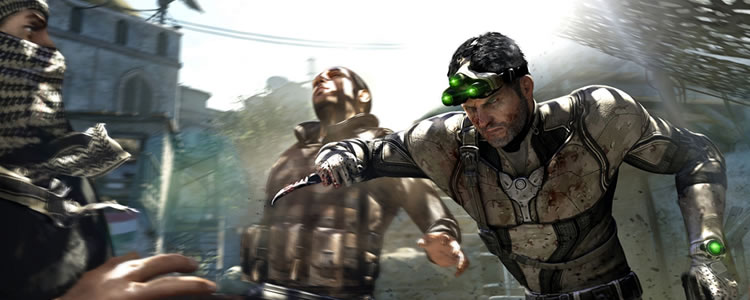Wrapping It Up
It doesn't take much graphics power to run Blacklist on ultra if you can get by with a relatively low resolution such as 1680x1050. In that scenario, a Radeon HD 7870 or GeForce GTX 660 will let you lurk in the shadows at 50fps or better for under $200, while the ~$140 HD 7850 and GTX 560 Ti both at least cracked 40fps.
However, you'll probably want to spend a little more than that if you intend to play at 1080p or so, with the GTX 660 and HD 7870 being our recommended minimum with 48 and 45fps. At 55 and 56fps, the GTX 660 Ti and HD 7950 Boost are probably the best value for most gamers, with both costing a little over $200.
Disabling HBAO+ should produce up to a 10fps boost, and we suggest doing so when playing with a lower-end card, particularly if it's not from Nvidia. It remains to be seen whether AMD can boost HBAO+ performance with future drivers, but in the meantime, turning it off lets the HD 7970 GHz Edition overtake the GTX 680.
FXAA is enabled by default when playing on ultra and this improves the image quality significantly without a large performance hit. The difference between FXAA and MSAA isn't as major. While enabling MSAA makes objects appear less blurry, the resulting performance hit isn't always a worthwhile tradeoff. To throw a few quick numbers at you, the GTX 680 and HD 7970 GHz Edition were 32% and 38% slower with MSAA on.
Choosing the best processor to play Blacklist is easy: get something from Intel's Core family. It doesn't really matter which one, as the Core i3, i5 and i7 all got the job done. On the flip side, AMD's FX-8350 and FX-6350 also performed well, providing similar results to the lower-end Core i5 chips, while just about anything branded Athlon II or Phenom II will be underwhelming – we didn't expect the X6 1100T to average only 45fps.
Overclocking will be invaluable for AMD owners looking to get the most out of Blacklist as there are some very real performance gains to be had. Folks with Intel inside needn't bother, however, unless the processor is clocked below 3GHz, as the i7-4770K managed to drive the GTX Titan at full speed without being overclocked.
Along with looking decent, we should note that with its day one patch installed, Blacklist ran solidly across all the hardware tested – an improvement over Conviction, which we couldn't cover initially because of stability issues. All in all, we're glad Fisher's back, even if he doesn't sound quite like himself.


